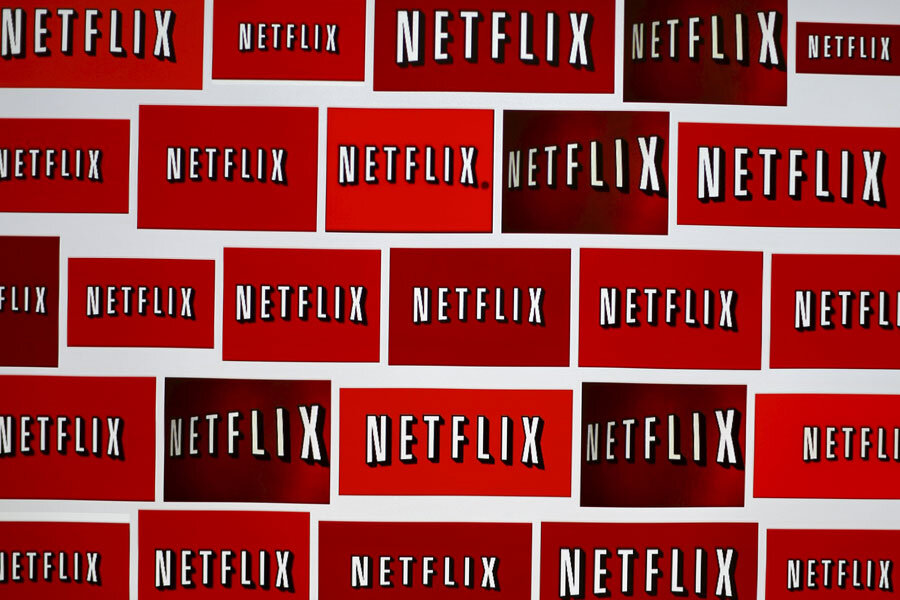How to unlock the mystery of Netflix genres
Loading...
In the mood for a goofy crime action and adventure flick from the 1980s? How about irreverent independent mockumentaries? If you’re bored with your Netflix queue, these are some of the tens of thousands of hyper-specific genres accessible on the movie streaming service – the vast majority of which remain hidden from site users.
Netflix, which boasts over 50 million users worldwide, has long prided itself in concocting meticulous algorithms for predicting movie choices for every individual watcher. One of its many features is the personalized genre lists – perhaps “Quirky Romantic Comedies” if you’ve recently watched "Silver Linings Playbook," or maybe “Dark Showbiz Movies,” because you gave five stars to "Sunset Boulevard."
But these strangely particular movie categories aren’t so random after all. By tagging every component of every movie in Netflix’s collection, a team of engineers has been able to create an immense catalog of genres. The tagged information, called "metadata," includes not only basic film qualifiers including the setting and the extent of violence, but also more subjective ones, such as the resolution of plot and the morality of the protagonist.
The result: 76,897 different categories of movies, and counting. The figure was first recorded by The Atlantic’s Alexis Madrigal, who coded a bot to discover each possible micro-genre, all of which are assigned a numerical code that appears at the end of the Netflix genre's Web address.
For instance, “Irreverent French-Language Comedies” have the URL netflix.com/browse/genre/1584. “Visually-striking Imaginative Children & Family Movies” is netflix.com/browse/genre/2480.
If you were to switch the last four digits with a random two to five digit value, chances are you’ll stumble upon another unique, sometimes absurdly funny, genre. The code “9999” pulls up “Violent Movies Starring Robert De Niro.” The code “444” brings you to “Gory B-Horror Movies from the 1980’s.”
“Netflix has meticulously analyzed and tagged every movie and TV show imaginable. They possess a stockpile of data about Hollywood entertainment that is absolutely unprecedented,” Mr. Madrigal writes in his 2014 dissection of Netflix’s complicated genre algorithms.
He goes on:
Using large teams of people specially trained to watch movies, Netflix deconstructed Hollywood. They paid people to watch films and tag them with all kinds of metadata. This process is so sophisticated and precise that taggers receive a 36-page training document that teaches them how to rate movies on their sexually suggestive content, goriness, romance levels, and even narrative elements like plot conclusiveness.
They capture dozens of different movie attributes. They even rate the moral status of characters. When these tags are combined with millions of users viewing habits, they become Netflix's competitive advantage. The company's main goal as a business is to gain and retain subscribers. And the genres that it displays to people are a key part of that strategy.
As any Netflix subscriber would know, there are only about 20 genres displayed in the “Browse” section of the homepage. So what about the the other 76,877?
Well, for starters, not every conceived genre has a movie filed under it at any given moment. “Witty Movies directed by Woody Allen,” code 2535, for example, is currently empty. “Skateboarding Non-fiction,” however, has one (the 2013 documentary "The Motivation").
Providing too many genre choices also poses the possibility of overwhelming users. Infinite options, writes psychologist Barry Schwartz in his 2004 book "The Paradox of Choice," can “produce genuine suffering.”
But in case you have fastidious taste in films, a couple of kind-hearted fellow cinephiles have compiled some cheat sheets. Check them out here and more comprehensively, here.








